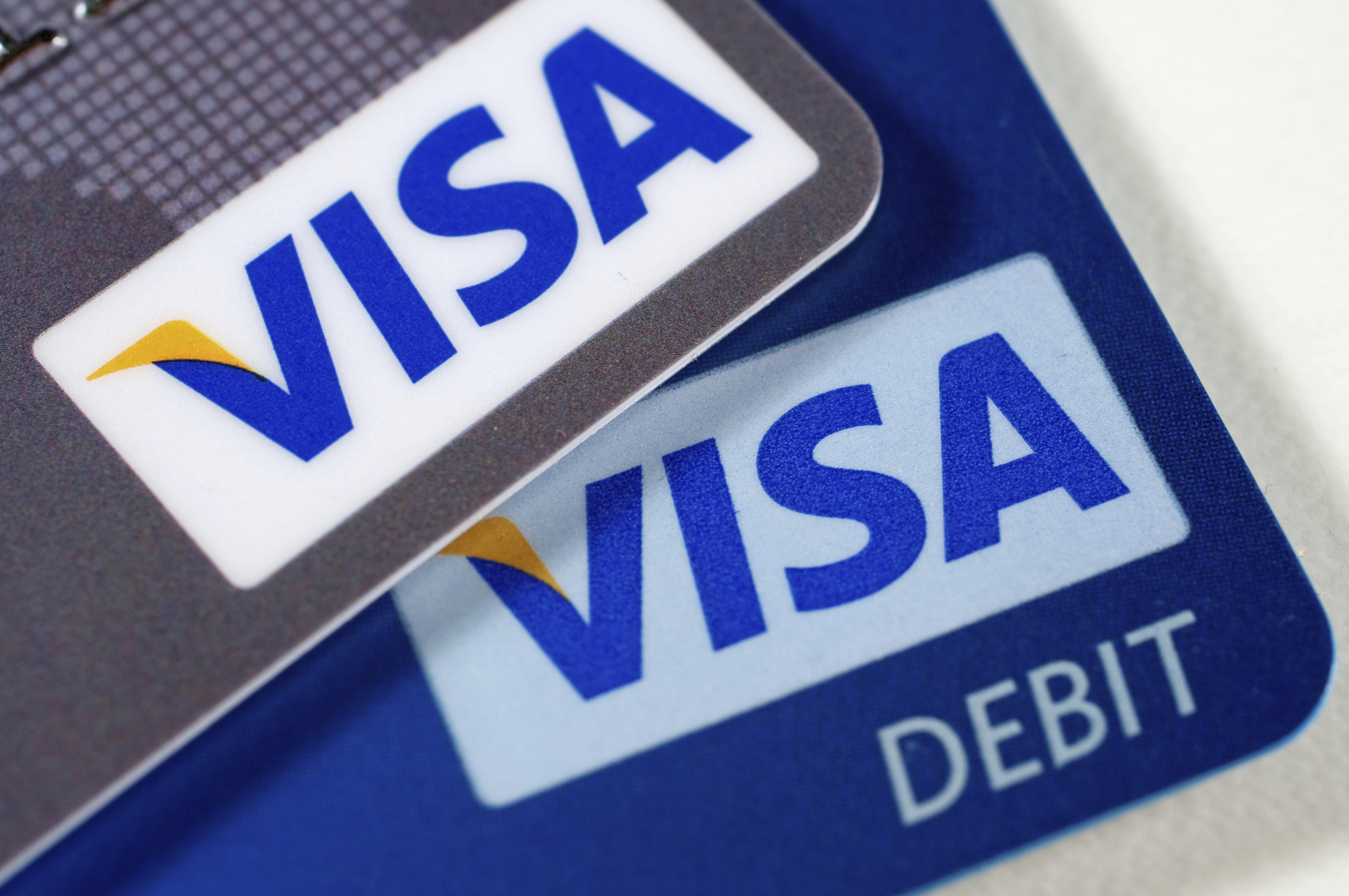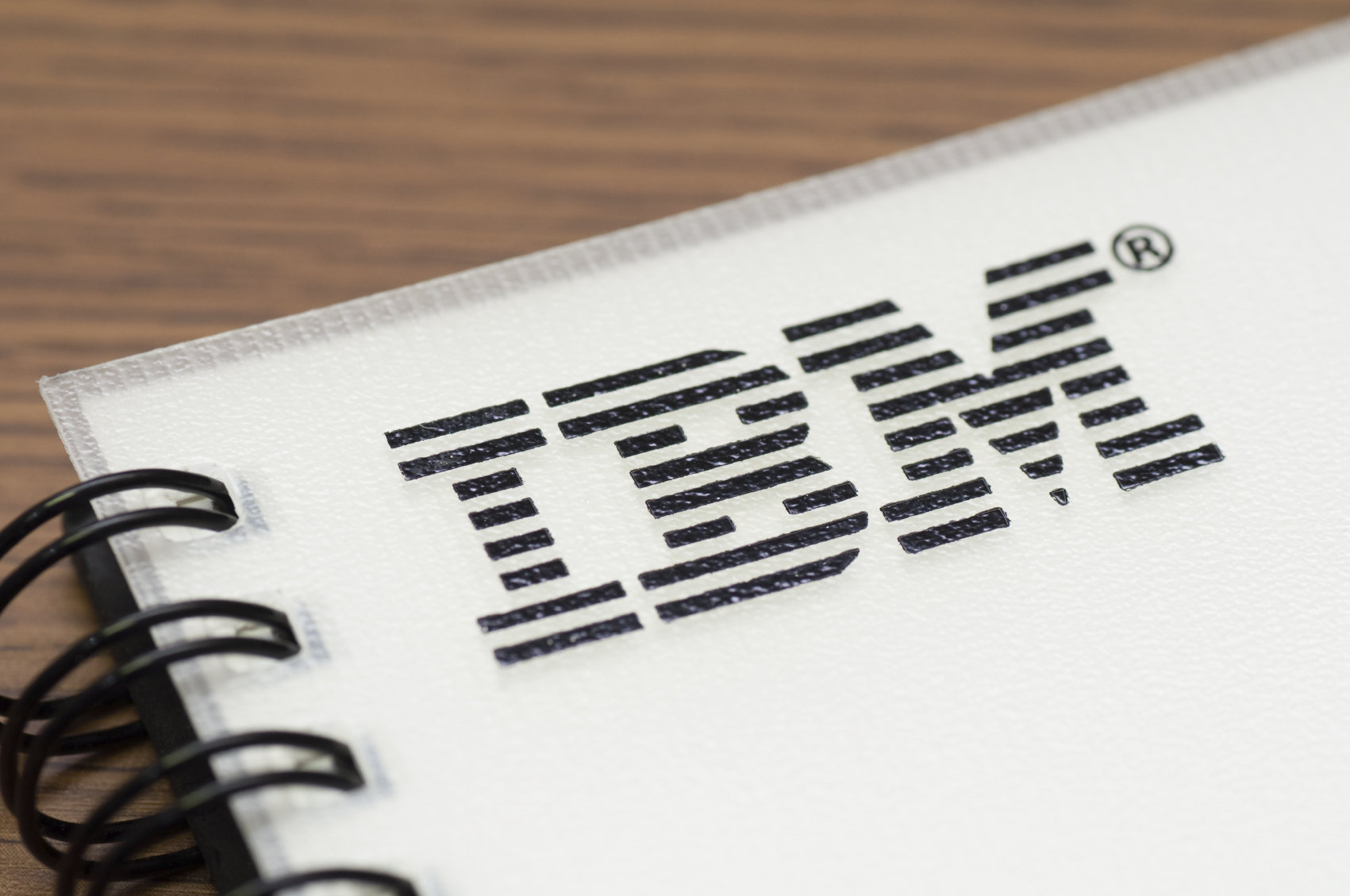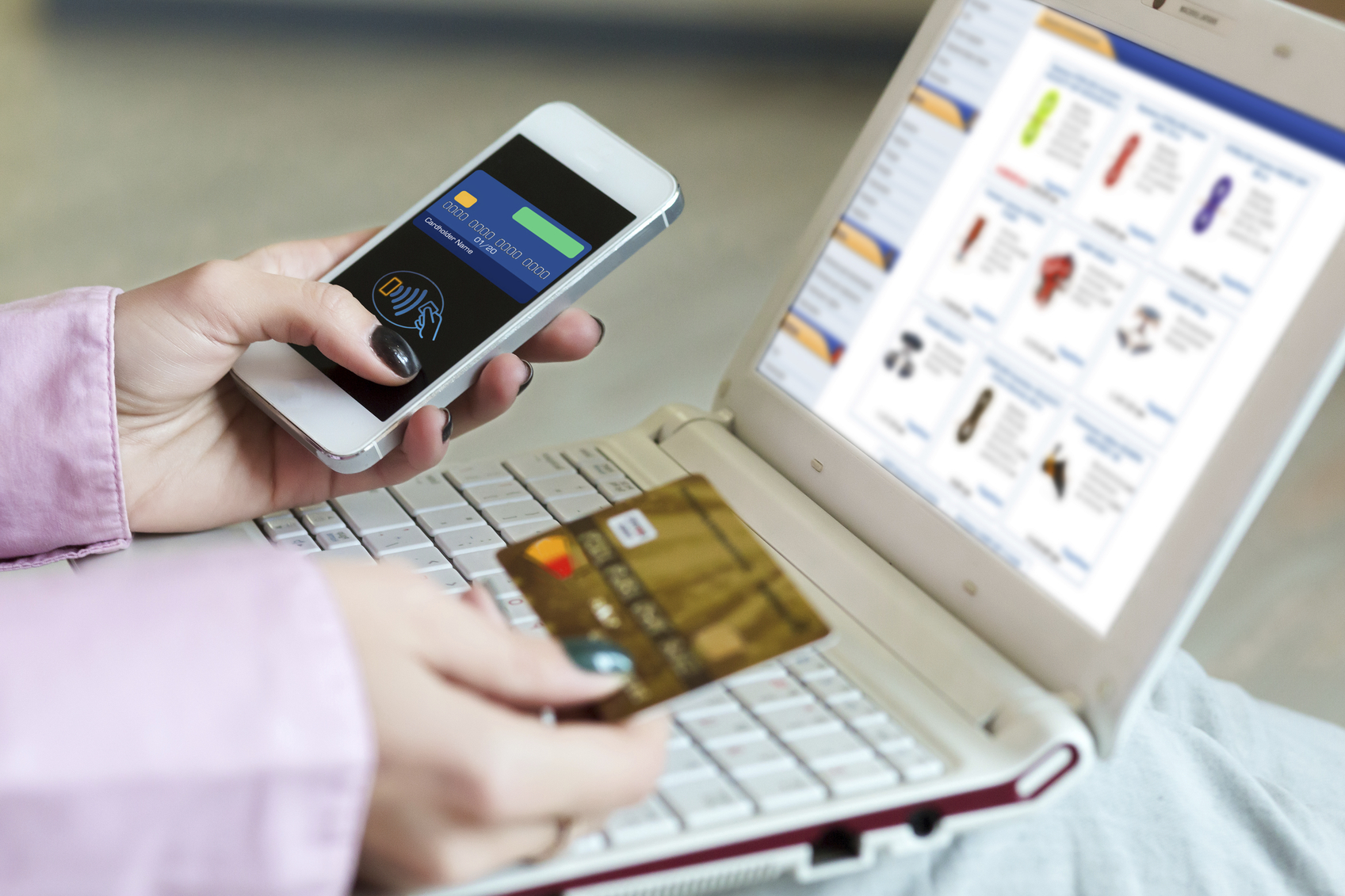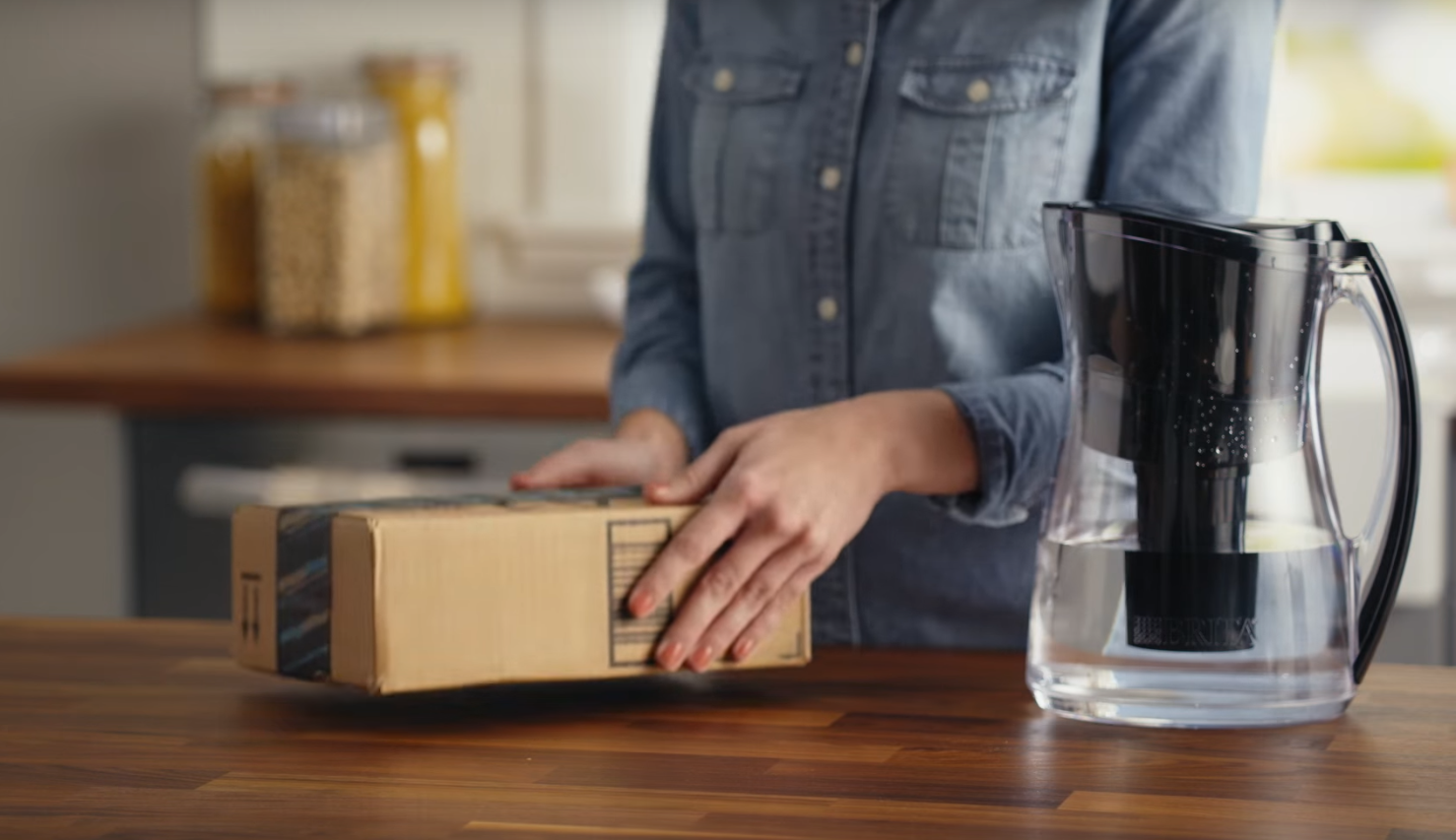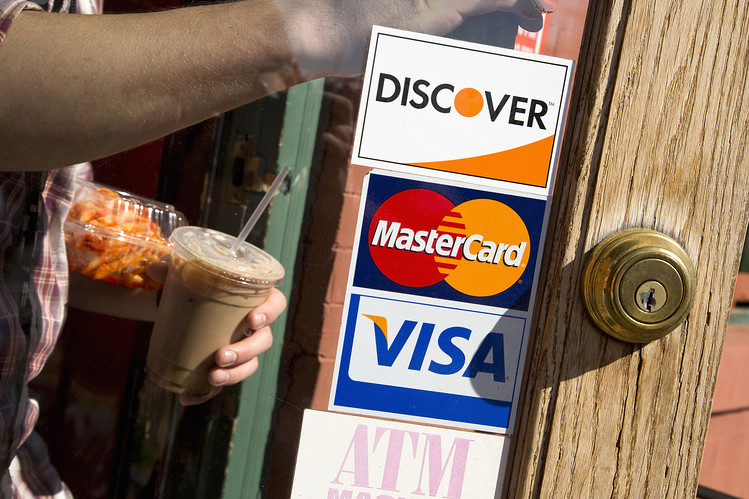What Happened
Visa has been experimenting with mobile and IoT payments for a while now, previously launching a digital commerce app and collaborating with Brita to built payment into water filters. Today at SXSW, the credit card company showcased its latest creation – a pair of sunglasses with an NFC chip built into the frame. Once linked with a Visa user profile, it can replace plastic cards to complete purchases at NFC-equipped terminals. Visa says it is scouting for a fashion eyewear brand to collaborate on turning this prototype into a viable product.
What Brands Need To Do
While it is highly debatable whether it is a good idea to integrate a credit card chip with easily misplaced items like sunglasses, this prototype points to a future where ordinary devices and objects can become connected via 5G, Bluetooth, or other proximity technologies, and thus able to perform tasks and complete transactions. In fact, Visa has already inked a partnership with IBM to plug Watson’s machine learning smarts into its payment solutions for connected devices.
Imagine a future when your connected home appliances can search for local handyman services when it detects a repairing need, or when your smart fridge automatically order milk from local grocery stores when you’re running low. That future of IoT-powered ecommerce may seem far from us now, but it is an inevitable future that all brands need to start strategizing for. By expanding their messaging to connected devices, brands can establish a consistent presence guiding consumer throughout their customer journey.
Source: Engadget
